We use cookies to maximize your online experience with us. By closing this window, you consent to our cookie policy. You can change your cookie settings in your browser any time. For more information, please see our Privacy Policy located on the footer of this site.
Learning Spaces Evolved: New Models for the School Library
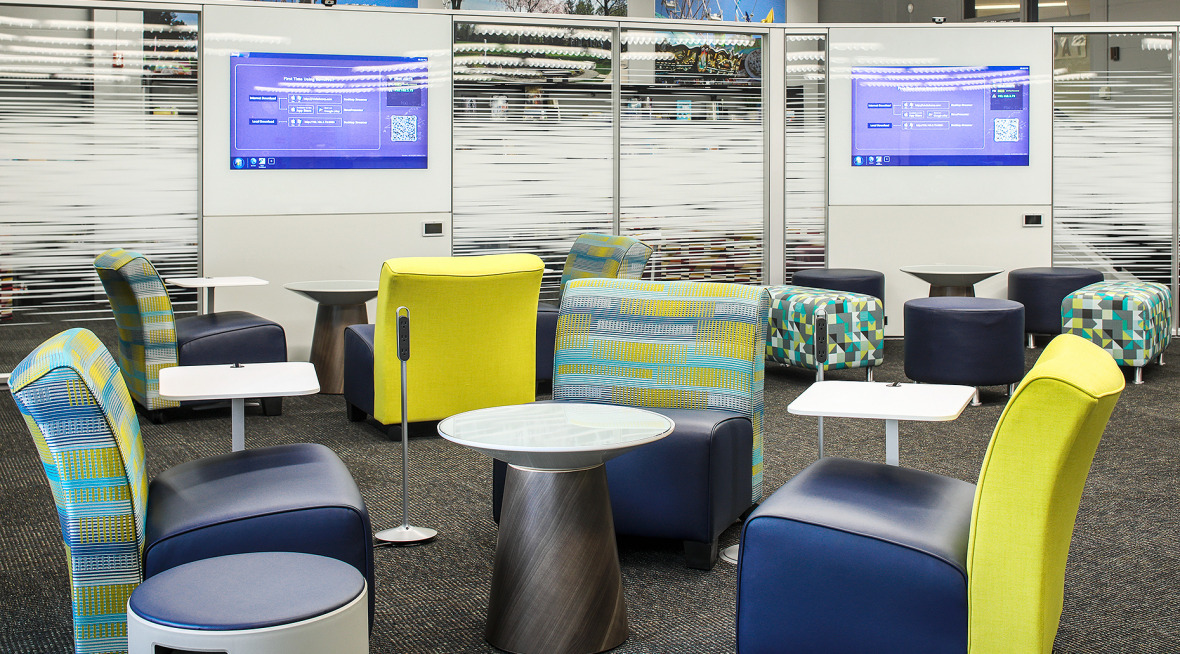
Given the emphasis on principles like design thinking, active collaboration, and agility in today’s business culture, it’s no surprise that project-based learning has emerged as a leading educational model to prepare students for their future contributions to the knowledge- and service-based economy.
Problem-solving has long been a key part of schools’ curricula, but 21st century educators face a unique challenge to teach their students how to develop creative solutions in an increasingly diverse, fast-paced, high-tech world with continuously shifting standards. Students and educators need a variety of flexible learning spaces that can adapt to these rapid shifts, while simultaneously balancing individual and group needs.
A SPACE FOR KNOWLEDGE SHARING
The library is a centuries-old yet still critical learning space that must be adapted to today’s style of project-based learning to avoid becoming obsolete. The core purpose of a school library has always been gathering and sharing knowledge. For generations, libraries were designed around books which students and teachers both accessed to find information, inspiration or even entertainment that wasn’t available elsewhere. We’re all familiar with these scenes: People quietly immersing themselves in books and periodicals at private carrels or at shared tables scribbling notes to capture information that they might later share in the form of a book report, paper or presentation. When they needed extra time to research and learn more about a topic, they took the books off-site to a classroom, workplace, or home.
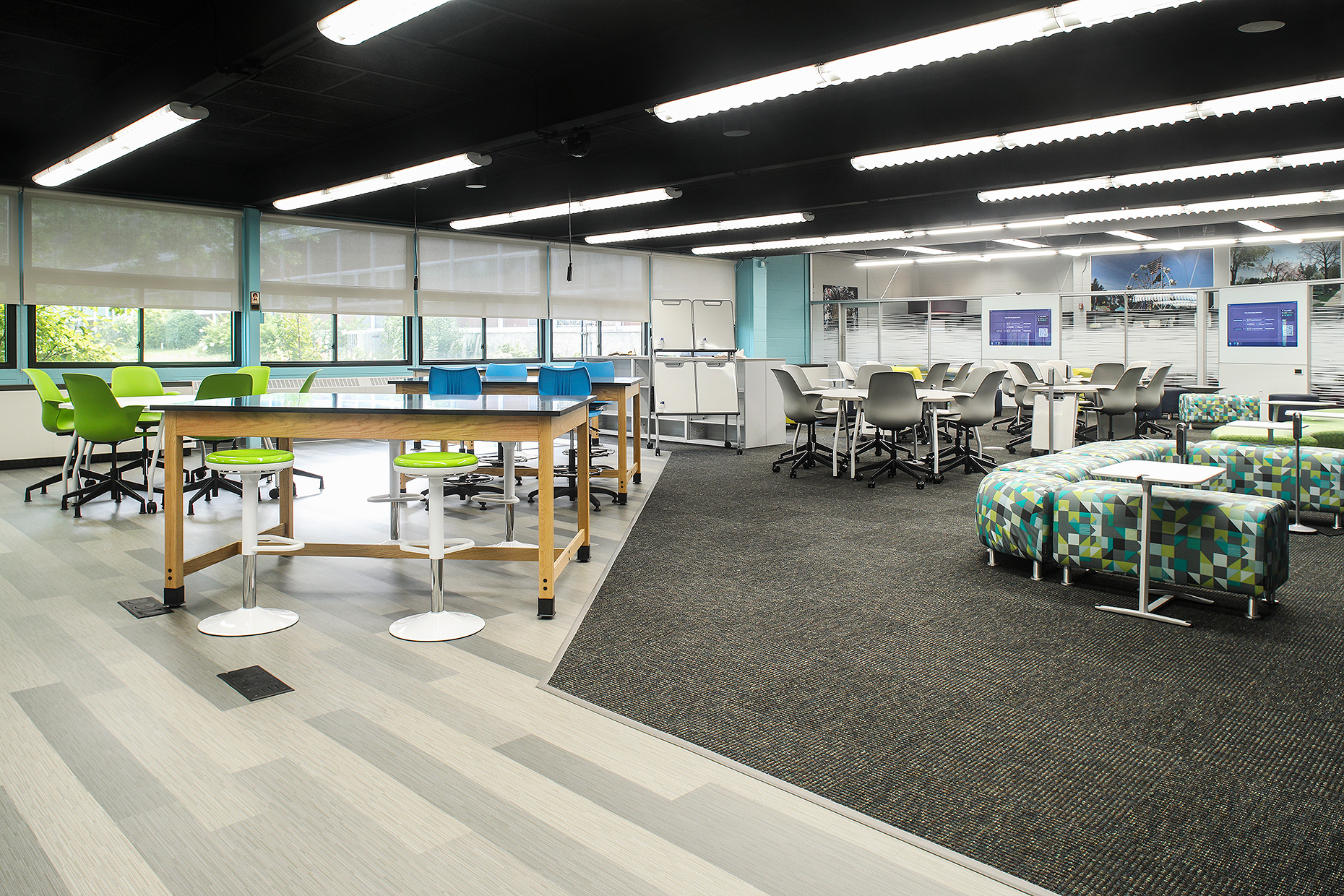
Today’s libraries still emphasize knowledge sharing, but the knowledge itself as well as the means of sharing it have evolved significantly. The most up-to-date information is generally found online and accessed via our mobile devices, and people now share knowledge via numerous forms of digital communication. Books have not disappeared from libraries, but they’re no longer front-and-center and don’t require large swaths of real estate. In fact, many books are published digitally and are readily available for direct access from the classroom, workplace, or home, cutting out the library’s traditional circulation desk completely.
TURNING A LIBRARY INTO A LEARNING COMMONS
Even the word “library” starts to feel antiquated with its roots in the Latin word for book, “liber.” But the need to gather and share knowledge remains just as critical today as ever, so libraries are evolving into “learning commons” that reflect their long-standing core purpose. Students and teachers at every level need a space to gather and share knowledge – to learn. And because everyone learns differently, that space needs to offer a variety of ways to use it.
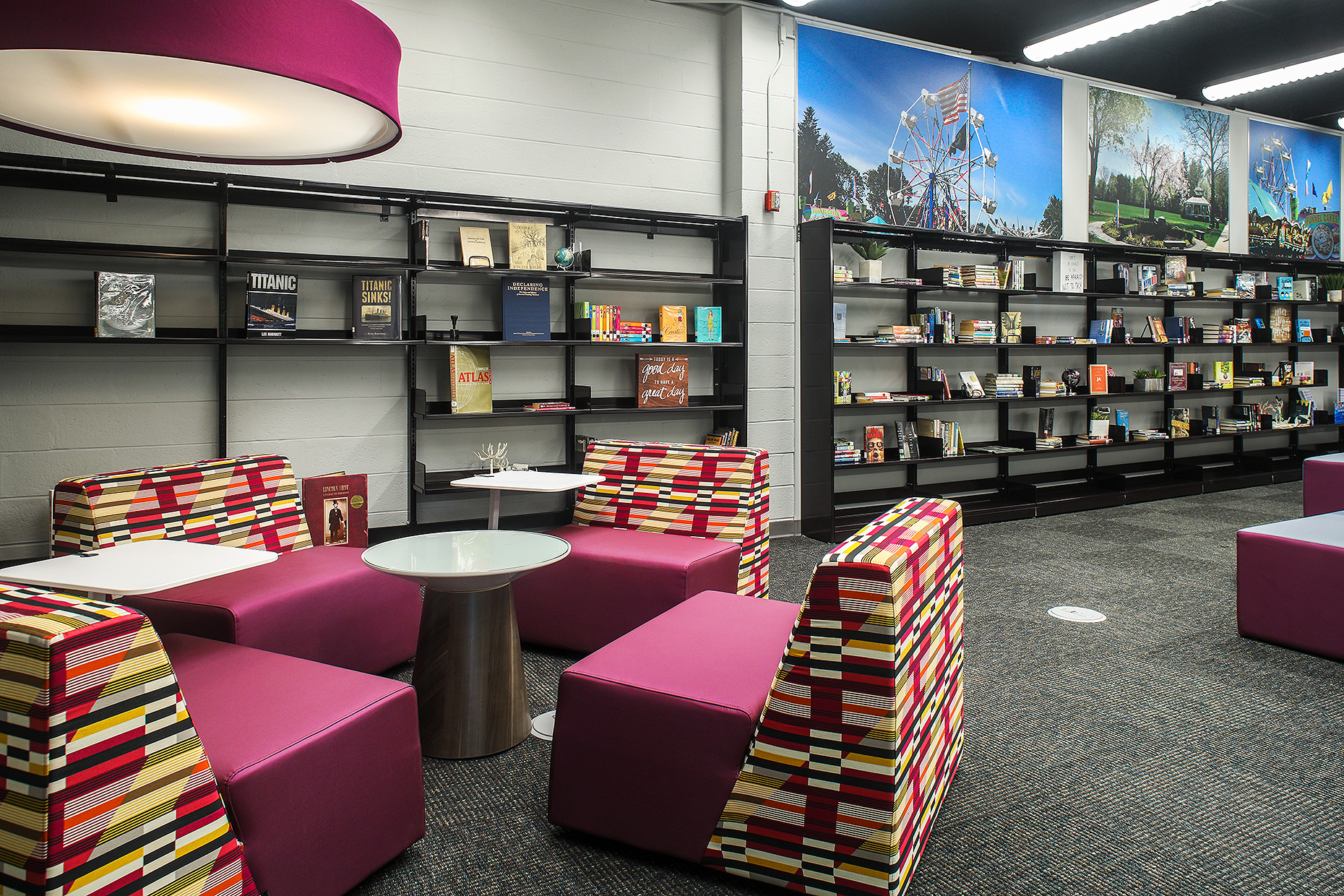
Today’s learning commons must encourage active learning with comfortable and inviting spaces that cultivate student engagement and motivation. Students and teachers must be able to choose between different spaces and furnishings to accommodate their current task at hand, whether it requires heads-down focus, collaborative teamwork, or presentations to a group. And they need the flexibility to reconfigure the space or furnishings as their tasks evolve.
Consider the example set by Mountain View Middle School in Mendham, New Jersey. Outdated and filled with books students rarely checked out, the school’s library needed to transform into a flexible, 21st century media center. The redesigned library now features three main spaces: a quiet reading room for focus, collaborative areas for group work, and a makerspace that promotes active learning and creative problem solving. Modular walls, flexible furniture, technology, imaging, privacy film, and paint services have all been integrated to maximize students’ productivity and engagement, and thus maximize the space’s effectiveness.
EMPOWERING CONNECTION AND COLLABORATION… QUIETLY
Mobility and connectivity are critical to a modern learning commons’ success. Flexible furniture throughout the spaces help students adapt to different group sizes and tasks. Seating is carefully selected to allow easy mobility for individual versus group work, and to provide different posture options to match a student’s study needs. Walls, white boards, and tables (many of which have built-in media screens and height-adjustable legs) are moveable too, to enable privacy and to offer a choice of working with analog or digital tools.
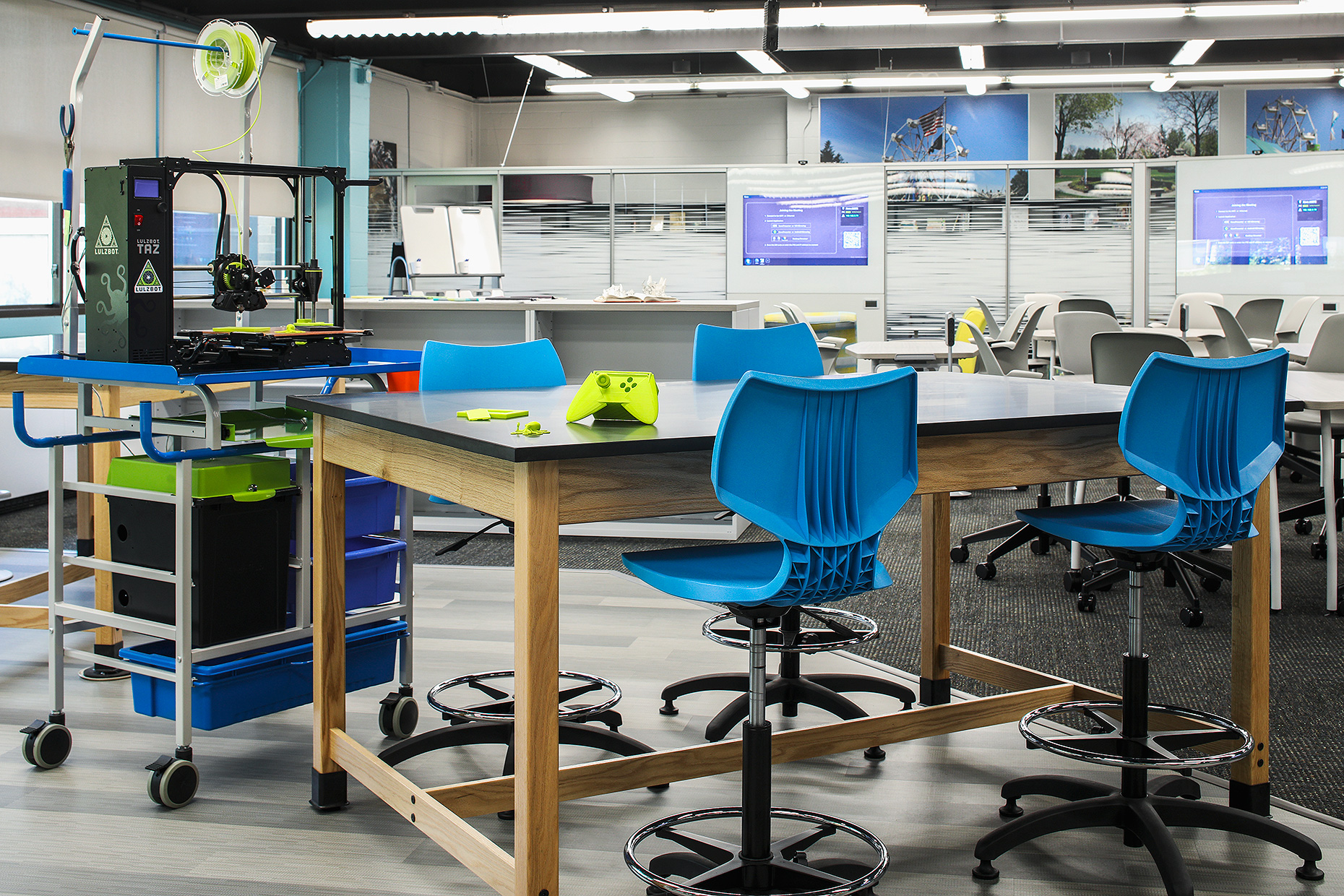
The emphasis on mobility and the prominence of digital devices means sources of power must be omnipresent, and technology must not be tethered. Power distribution systems like Steelcase’s Thread enable teachers and students to charge their phones, tablets, e-readers and laptops regardless of where they’re working. Other products like the NovoPro wireless collaboration system allow individuals and groups to leverage built in screens, webcams and WiFi to seamlessly connect their own devices and share content with other participants in the room, or with off-site virtual participants. This seamless sharing also facilitates collaboration and the co-creation of new content.
Part of the appeal of libraries has always been the opportunity to read or work quietly without distraction, so new learning commons must offer the same ability to focus, even in crowded open spaces. At Mountain View Middle School, sound masking systems are integrated into the space, decreasing the amount of conversation and noise that can be carried through the media center and reducing distraction to others nearby. The quiet reading room offers additional silence with modular walls consisting of both solid panels for privacy and glass that prevents users from feeling isolated.
NURTURING NEXT GENERATION LEADERS
In fact, the opportunity to socialize and connect has long been another benefit offered by libraries. Even when a student is seeking a quiet place to study on their own, just being near fellow studiers is often a source of comfort and motivation. Today’s learning commons are similarly designed to foster a sense of connection.
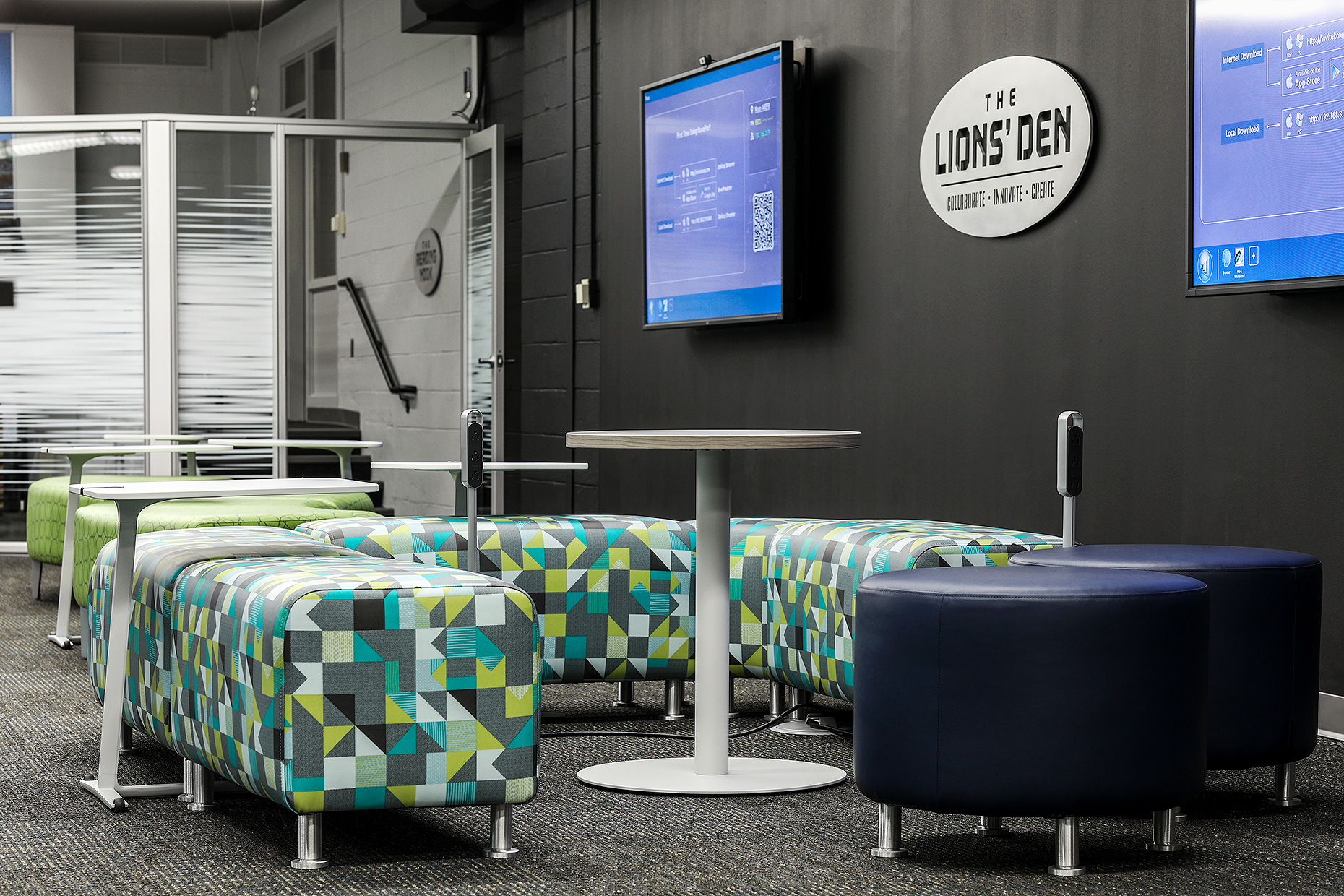
Offering students autonomy and choice to decide where and how they will study or work contributes to their development of creative problem-solving skills. And through knowledge – both gathered and shared – people gain a sense of ownership, belonging and community. Libraries have always been a place where anyone can learn, and anyone can teach, and today’s learning commons take that notion into the 21st century. As Carlos Rodriguez, dean of the university library and Cal State University in Los Angeles, told Steelcase: “Ideally, the space can adapt and be the container for the expertise, the interactions and the services – a place where students can discover not just new information and new knowledge, but also really discover themselves and how they can contribute to society.”
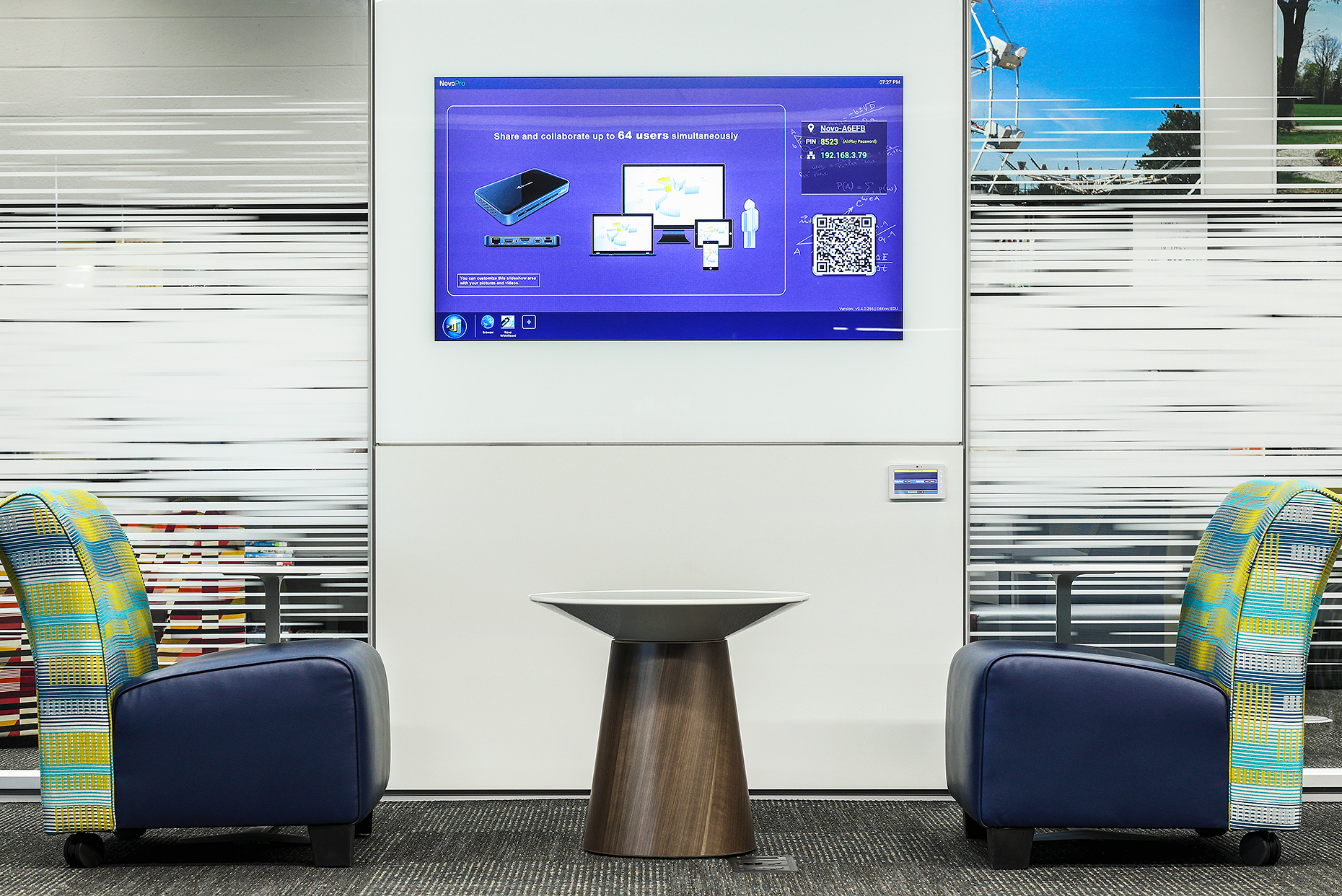
Need ideas for your school’s library? Check out how other schools and universities are updating their libraries and educational spaces here.
